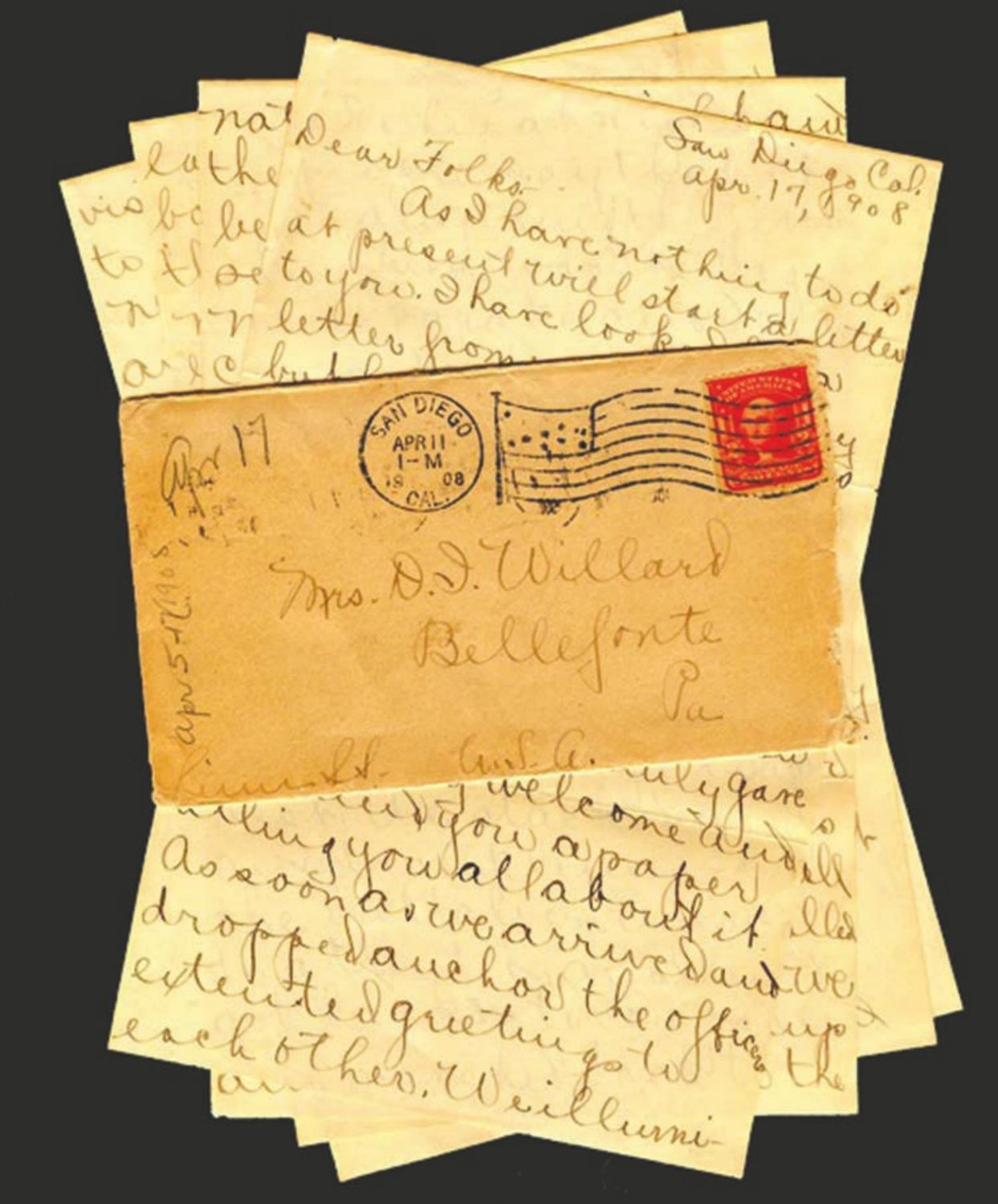Love letters straight from the heart
H andwritten letters are fun to read.
Love letters and everyday correspondence from olden days are a small glimpse into life in that era.
The romance of old love letters holds a mysterious …
This item is available in full to subscribers.
Subscribe to continue reading. Already a subscriber? Sign in
Get 50% of all subscriptions for a limited time. Subscribe today.
Please log in to continueNeed an account?
|
Love letters straight from the heart
Handwritten letters are fun to read.
Love letters and everyday correspondence from olden days are a small glimpse into life in that era.
The romance of old love letters holds a mysterious intrigue.
It reveals that our wrinkled and frail grandparents were once young and in love.
According to guinessworldrecords.com, the oldest love poem is from the Sumerian culture.
“Bridegroom, dear to my heart, Goodly is your beauty, honeysweet, Lion, dear to my heart,” were pressed lovingly into a clay tablet.
In the old days, love was engraved on paper and emotions penned through each stroke of the ink.
A blog, myheritage.com has a letter written in old English, in 1477 by John Paston to his fiancé Margery Brews.
It begins like this: “ I recommend me full-heartedly desiring to hear of your welfare which I beseech Almighty God long for to preserve into his highest pleasure …”
Miss Henrietta Dreher, a daughter of Godfrey Dreher, had quite a few admirers. One longing young man wrote, “Oh Miss Dreher, how can I depict to you on this sheet in language that would be adequate to the love I bear? Go ask the warbler of the wild woods if he loves to breathe his native notes of joy.”
A Thomas Slappey from Georgia penned these distressing words to her; “Painful is the idea that my distant absence from thy presence and other young gentlemen having the advantage to gain acceptance to your heart makes me unhappy.”
However, Miss Henrietta had her heart wrapped around a young preacher, Daniel Efird. In 1851, she wrote, “It is with pleasure I avail myself to respond to your highly esteemed communications, knowing your accomplished manners and cultivated understanding.”
They married, and their daughter, Alice Magdalena Efird, and cousin, Edwin Dreher, corresponded frequently.
Dreher was a young schoolteacher in Leesville and Lexington. He wrote,” I am amongst a host of young widows north-east-south and west. But you know they have no charms for me matrimonially speaking. I am not disposed to take second-hand furniture in that line if I had an idea of mating for life.”
He also told her, “Uncle S says I must not get married at Leesville. You can tell him there is not one bit of danger of any catastrophe of that sort overtaking me here. Tell him I do not fancy the “hens,” and most of the “pullets” are too young.”
In Alice’s letter collection, I found a simple “cure” for a mysterious illness. “I would suggest the greatest remedy yet discovered. This ‘new cure’ is iodine, mixed with lard as an ointment and rubbed over the spleen. This produced a soreness but will remove the sickness.”
I’m not sure what the illness was, or why it worked, but I’m glad medicine has come a long way since 1843.
Our complete glossary of social media acronyms and abbreviations don’t quite have the same effect as those old-time letters. IMO it may be a call to write a few letters of your own to keep those grand kids ROFL.
Other items that may interest you







Comments
No comments on this item Please log in to comment by clicking here